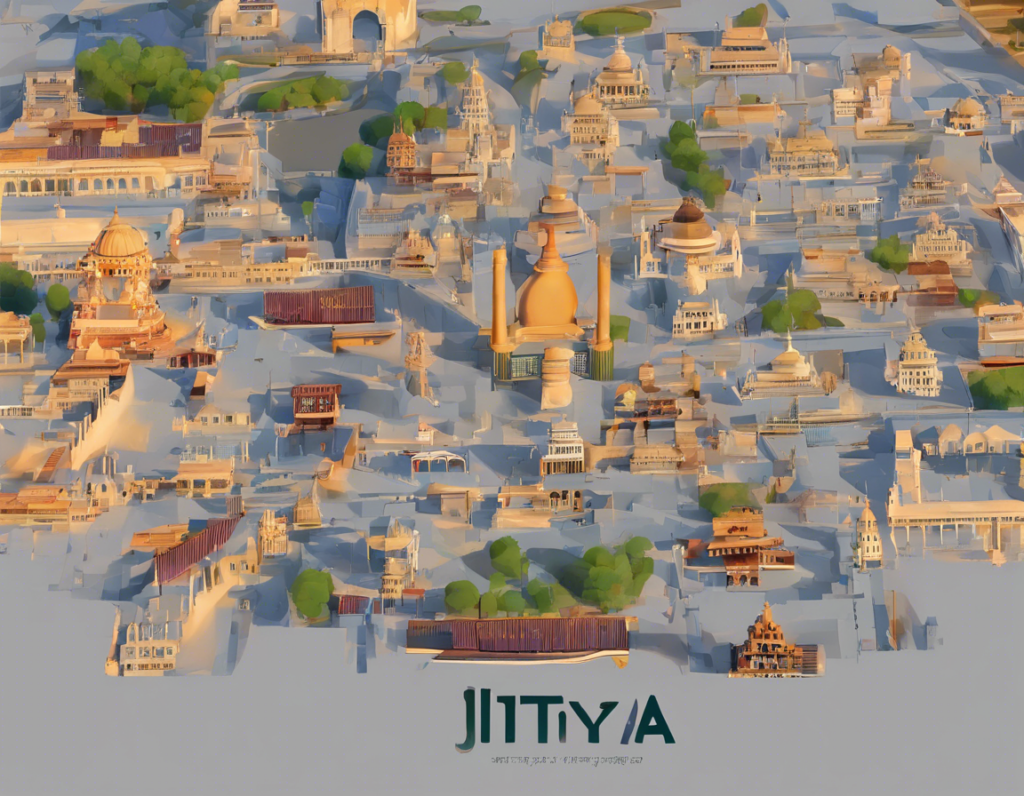Jitiya, also known as Jivitputrika Vrat, is a significant festival celebrated primarily in the states of Bihar, Jharkhand, and parts of eastern Uttar Pradesh in India. This festival is observed by mothers for the well-being and long life of their children. The festival falls on the eighth day of the Krishna Paksha (waning phase of the moon) in the month of Ashwin in the Hindu calendar, which typically corresponds to September or October in the Gregorian calendar. Jitiya is a unique festival that involves both fasting and feasting, with various rituals and customs that are observed with great devotion and zeal. Let’s delve deeper into the significance, rituals, and traditions associated with Jitiya.
Significance of Jitiya Festival:
Jitiya is a festival that symbolizes maternal love, sacrifice, and prayer for the long life and well-being of children. Mothers observe a day-long fast without consuming food or water, praying to Lord Shiva and Goddess Parvati for the prosperity and longevity of their offspring. The word “Jitiya” is derived from the Maithili word “Jivitputrika,” which means “life of the child.” The festival holds immense significance for mothers who believe that observing Jitiya Vrat will safeguard their children from any harm and bless them with a healthy and prosperous life.
Rituals and Customs of Jitiya Festival:
The rituals and customs associated with the Jitiya festival are deeply rooted in tradition and are observed with meticulous adherence. Here are some of the key rituals followed during Jitiya:
1. Preparations for Jitiya:
- Mothers start preparing for Jitiya well in advance by buying new clothes and puja items for the festival.
- Special dishes and sweets are also prepared for the feast that follows the fast.
2. Day of Jitiya:
- Mothers wake up early before sunrise on the day of Jitiya.
- They take a holy bath and wear new clothes for the puja.
- A small idol or image of Goddess Parvati is worshipped with offerings of fruits, flowers, and sweets.
- The mothers observe a strict fast throughout the day, refraining from food and water.
3. Observing the Fast:
- The fast of Jitiya is broken after performing the evening puja rituals, which include offering prayers to the moon.
- The mothers consume fruits, sweets, and traditional dishes to break the fast.
- Some families also invite other women to join in the feast after the fast is broken.
4. Feasting and Celebrations:
- After breaking the fast, a grand feast is prepared with a variety of dishes, including traditional delicacies.
- The mothers, along with their children, indulge in the feast, symbolizing prosperity and happiness.
- The atmosphere is filled with joy, exuberance, and the spirit of togetherness.
5. Prayers and Blessings:
- Mothers offer special prayers for the well-being and long life of their children during the puja.
- Elders bless the children and wish them a prosperous future filled with health and happiness.
- The blessings of the elders are considered auspicious and are believed to protect the children from any harm.
Frequently Asked Questions (FAQs) about Jitiya Festival:
1. What is the significance of Jitiya festival in Hindu culture?
- Jitiya is a festival celebrated by mothers to pray for the long life and well-being of their children. It symbolizes maternal love, sacrifice, and devotion.
2. Why is fasting a part of the Jitiya festival?
- Fasting is considered a way for mothers to show their dedication and devotion to the well-being of their children. It is believed to bring blessings and protection to the offspring.
3. What are some traditional dishes prepared during the Jitiya festival?
- Some of the traditional dishes prepared during Jitiya include kheer (rice pudding), puri (fried bread), sabzi (vegetable curry), and sweets like malpua or laddoos.
4. Are there any regional variations in how Jitiya is celebrated?
- Yes, there are regional variations in the way Jitiya is observed, with slight differences in rituals, customs, and dishes prepared for the feast.
5. Is Jitiya only observed by mothers with children?
- While Jitiya is primarily observed by mothers for the well-being of their children, other women in the family or community may also participate in the fasting and feasting rituals.
6. Is there a specific time for breaking the fast during Jitiya?
- The fast of Jitiya is usually broken after performing the evening puja rituals, which include offering prayers to the moon and consuming fruits and sweets.
7. How does Jitiya festival promote family bonding and togetherness?
- Jitiya festival brings families together as they gather to pray, fast, feast, and celebrate the well-being of children. It strengthens familial bonds and fosters a sense of unity and joy.
8. What is the historical significance of Jitiya festival?
- Jitiya festival has its roots in ancient Hindu traditions and mythology, with stories and legends recounting the devotion of mothers towards their children and their prayers for their prosperity and longevity.
9. How can one participate in the Jitiya festival if they are not a mother themselves?
- Individuals can participate in the Jitiya festival by joining in the puja rituals, offering prayers for the well-being of children, and partaking in the feast with the community to celebrate the spirit of love and togetherness.
10. What are some modern adaptations of the Jitiya festival in contemporary times?
- In modern times, some families choose to incorporate charitable acts or donations as part of their Jitiya celebrations, spreading the message of compassion and kindness towards others in need.
In conclusion, Jitiya festival is a beautiful celebration of maternal love, sacrifice, and prayers for the prosperity of children. The festival encapsulates traditions that have been passed down through generations, fostering a sense of devotion, togetherness, and joy within families and communities. By observing the rituals of fasting and feasting, mothers express their unwavering love and dedication towards the well-being of their children, making Jitiya a truly unique and cherished festival in Hindu culture.
